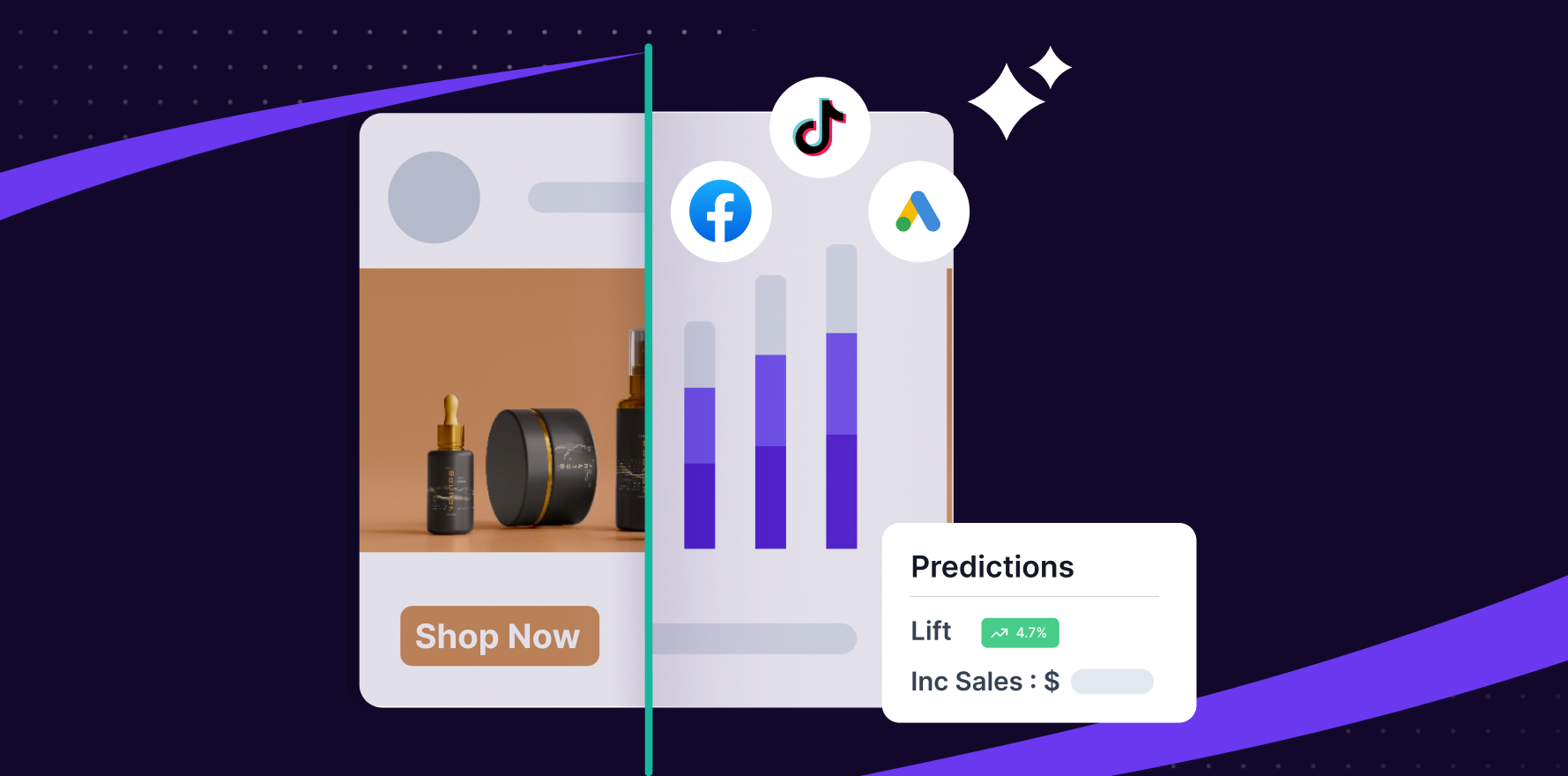What is Blended CPA?
Blended CPA (cost per acquisition) is a widely used metric in ecommerce that is used to measure the total cost of acquiring a customer across all media and channels. It is calculated by dividing the total amount spent on marketing activities by the total number of customers acquired. It helps ecommerce businesses understand the effectiveness of their marketing campaigns and identify opportunities for improvement. The goal of any ecommerce business is to acquire customers in the most cost-effective manner, and Blended CPA is a valuable metric to measure success in this regard.
Formula
Blended CPA = Total cost of acquiring a customer / Total number of customers acquired
Example
Let’s say an ecommerce company spent a total of $10,000 on advertising and marketing campaigns over a given period. During that time, they acquired a total of 500 customers.
Using the formula, the calculation for Blended CPA would be:
Blended CPA = $10,000 / 500 = $20
Therefore, the Blended CPA for this ecommerce company would be $20, meaning it cost them an average of $20 to acquire each customer during that period.
Why is Blended CPA important?
Blended CPA is an important metric for ecommerce businesses as it provides valuable insight into the cost effectiveness of their customer acquisition efforts. By understanding how much it costs to acquire customers via different marketing channels, businesses can make informed decisions as to how to allocate their resources and budget. It also helps identify channels that might be underperforming and make necessary adjustments to maximize ROI.
Which factors impact Blended CPA?
A variety of factors can impact Blended CPA, such as the cost per click (CPC), cost per view (CPV), cost per acquisition (CPA) of each campaign, the effectiveness of the campaigns, the size of the target audience, and the goals of the business.
How can Blended CPA be improved?
Blended CPA can be improved in a variety of ways. First, businesses should optimize their campaigns for the right audience and channels. Additionally, they should measure the performance of different channels and adjust their budgets accordingly. Finally, they should focus on creating evergreen content and leveraging automation to free up resources and time to focus on other areas.
What is Blended CPA’s relationship with other metrics?
Blended CPA is closely related to other ecommerce metrics such as customer lifetime value (CLV) and return on ad spend (ROAS). CLV measures the amount of revenue generated by an individual customer over the course of their time on the platform. ROAS, meanwhile, measures the return on advertising investment, meaning the revenue generated from a campaign divided by the cost of the campaign. Both of these metrics can be used to measure the effectiveness of a campaign and its impact on Blended CPA.
Free essential resources for success
Discover more from Lifesight
























































